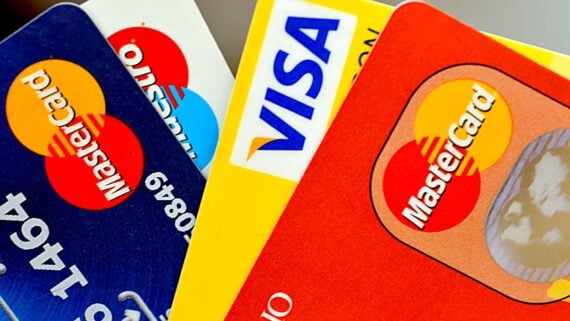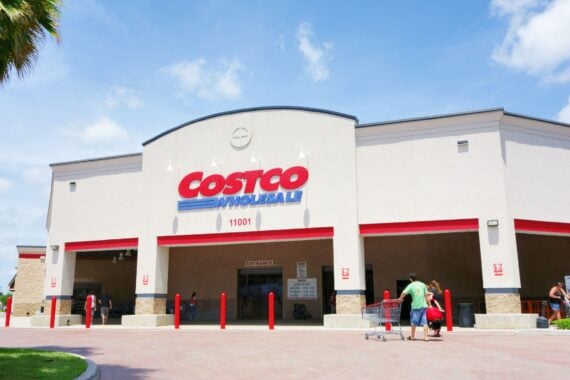Visa and Mastercard agreed to slightly lower the interchange fees merchants pay when you swipe your card — roughly a tenth of a percentage point spread over five years. On paper, the Visa and Mastercard settlement is positioned as relief for businesses and, by extension, shoppers. In practice, it’s closer to cost-shuffling than meaningful savings.
Interchange fees hit a record high last year, and the proposed reduction barely dents that curve. The number that looks big — $200 billion in “savings” over the agreement’s whole lifespan — is spread across millions of merchants, thousands of fee variations, and nearly a decade of rising payment costs. It’s not exactly the cost-saving feat it presents itself as.
New Rules Could Create New Friction

The bigger story is what the settlement allows merchants to do. For the first time, retailers wouldn’t be forced to accept every card in a network. They could accept only “standard” cards but decline premium rewards cards that carry higher fees. That means a checkout where your go-to rewards Visa gets rejected while someone behind you breezes through with a basic version of the same brand.
Merchants would also get expanded freedom to add surcharges. Many already do this quietly on utilities, tuition, and small retailers — now bigger chains may start testing fees at the register. That’s a scenario shoppers are a lot more inclined to notice than a fraction-of-a-percent fee change hidden in the merchant’s operating costs.
Why Merchants Are Still Pushing Back

Despite these flexibilities, major retail groups say the deal doesn’t solve the central issue: Visa and Mastercard still control the networks and still set the fees.
“No one should be fooled by the credit card industry’s smoke and mirrors,” Lyle Beckwith, senior vice president of government relations at trade group National Association of Convenience Stores, tells USA Today. “This proposed settlement endorses business as usual, including by letting Visa and Mastercard increase their own fees without any restraints.”
Their argument boils down to scale. Swipe fees rose dramatically over the last decade, and trimming a sliver off the top doesn’t offset years of increases or limit what card networks can do in the future. For merchants already frustrated by rising operating expenses — labor, rent, insurance — a symbolic (because, let’s be real …) fee cut doesn’t exactly move the needle.
What This Means for Everyday Shoppers

Most consumers won’t see prices fall, but they could see the opposite. The immediate impact is more likely to show up in everyday frictions:
- Your card declines at checkout because the merchant no longer accepts premium tiers.
- More surcharges, especially on small purchases or at businesses with thin margins.
- Reduced rewards if issuers adjust perks in response to the fee squeeze.
The settlement doesn’t tell shoppers how retailers will respond — only that they’ll have more options, and many of those options pass cost or confusion down the line.
More Retail News From Cheapism

- Soda Prices Have Nearly Doubled Since 2020 and Outpaced Inflation, New Study Finds — If you feel like you’re paying a lot more for your favorite soda at the store, you’re not imagining things. Here’s what’s happening.
- The Cost of Thanksgiving Dinner Is Up 7% This Year, Study Finds — Find out how much more you’ll have to pay for holiday staples.
- AT&T Hit With $177 Million Settlement: See If You’re Eligible for the Payout — Some customers can snag up to $7,500.




